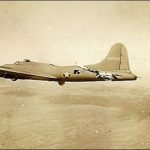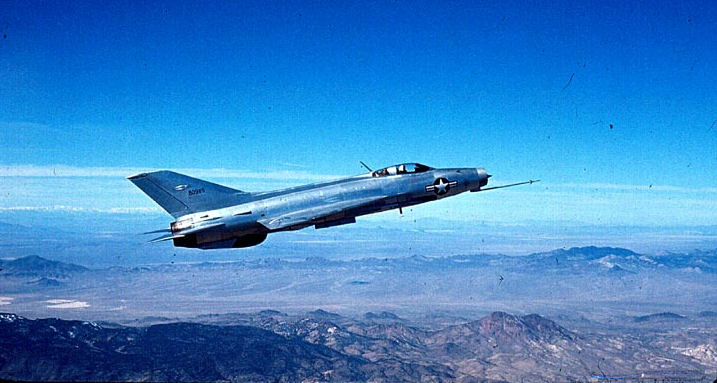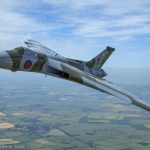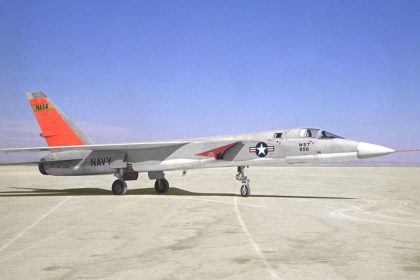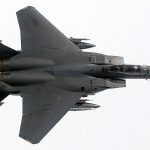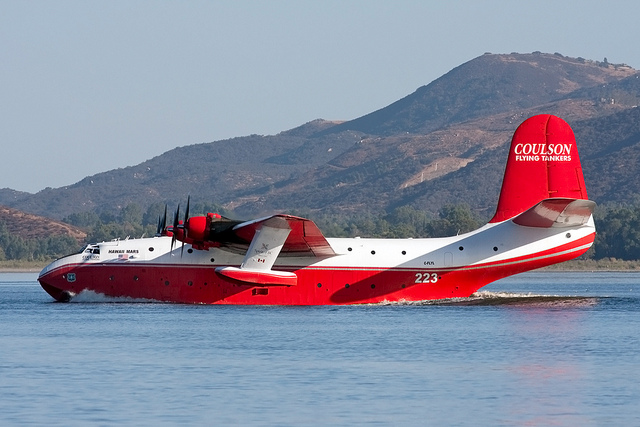On this day in aviation history, April 28, 1961, the Mikoyan-Gurevich MiG-21F soared into history when test pilot Colonel Georgy Mosolov took it to a record-breaking altitude of 113,891 feet., breaking the previous record set just five months earlier by Captain Joe B. Bailey in an F-104C Starfighter. The MiG-21F was a short-range, supersonic interceptor developed from the original MiG-21/Ye-4 design.

Powered by a Tumansky R-11F-300 afterburning turbojet engine, the MiG-21F (NATO reporting name: Fishbed) produced up to 11,200 pounds of thrust. At high altitude, it could reach speeds of 1,351 miles per hour and climb to 62,334 feet in just 13 minutes. With a range of 808 miles, the aircraft was optimized for quick-reaction interception roles.
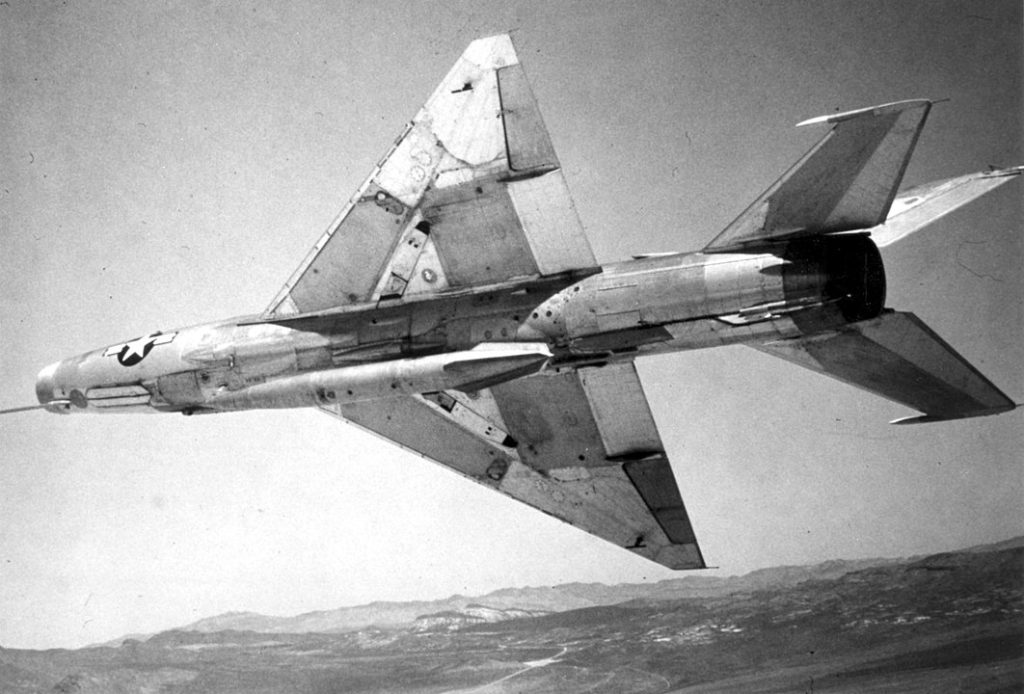
The MiG-21F was armed with a 23mm Gryazev-Shipunov GSh-23L autocannon, carrying 200 rounds internally. For additional firepower, it could be outfitted with up to four S-24 or UB-16-57 rocket pods, K-13, R-55, or R-60 air-to-air missiles, or carry up to 1,100 pounds of bombs.

A formidable presence during the Cold War, the MiG-21F earned a reputation as a capable and agile interceptor. Remarkably, the Fishbed still serves today—most notably with the Indian Air Force, which maintains a fleet of 36 in active service. In the United States, aviation enthusiasts can view a MiG-21F-13 on display at the National Air and Space Museum’s Steven F. Udvar-Hazy Center in Chantilly, Virginia. Though it now rests quietly as a museum piece, it still exudes the sharp, menacing profile that once made it a feared adversary in the skies.






